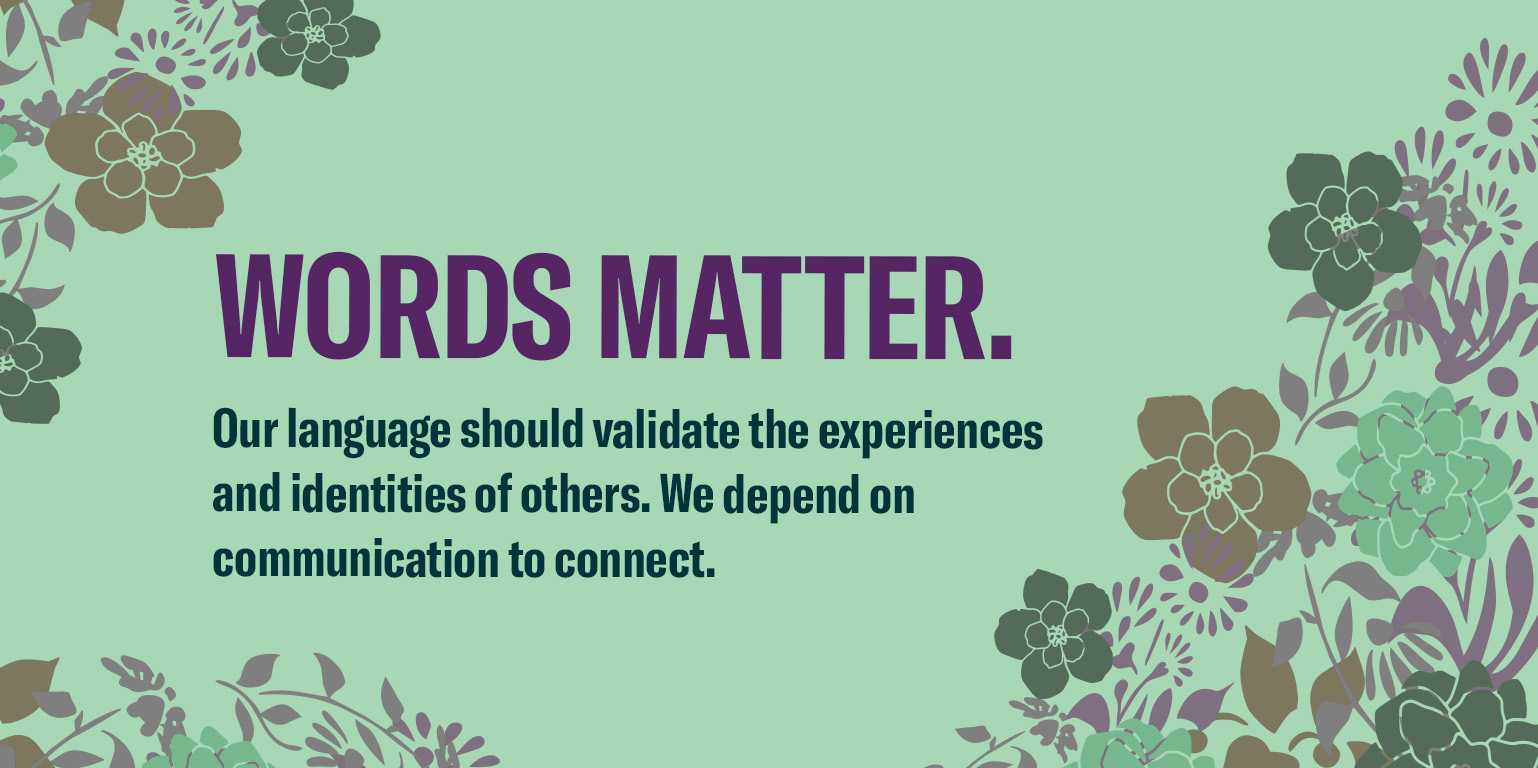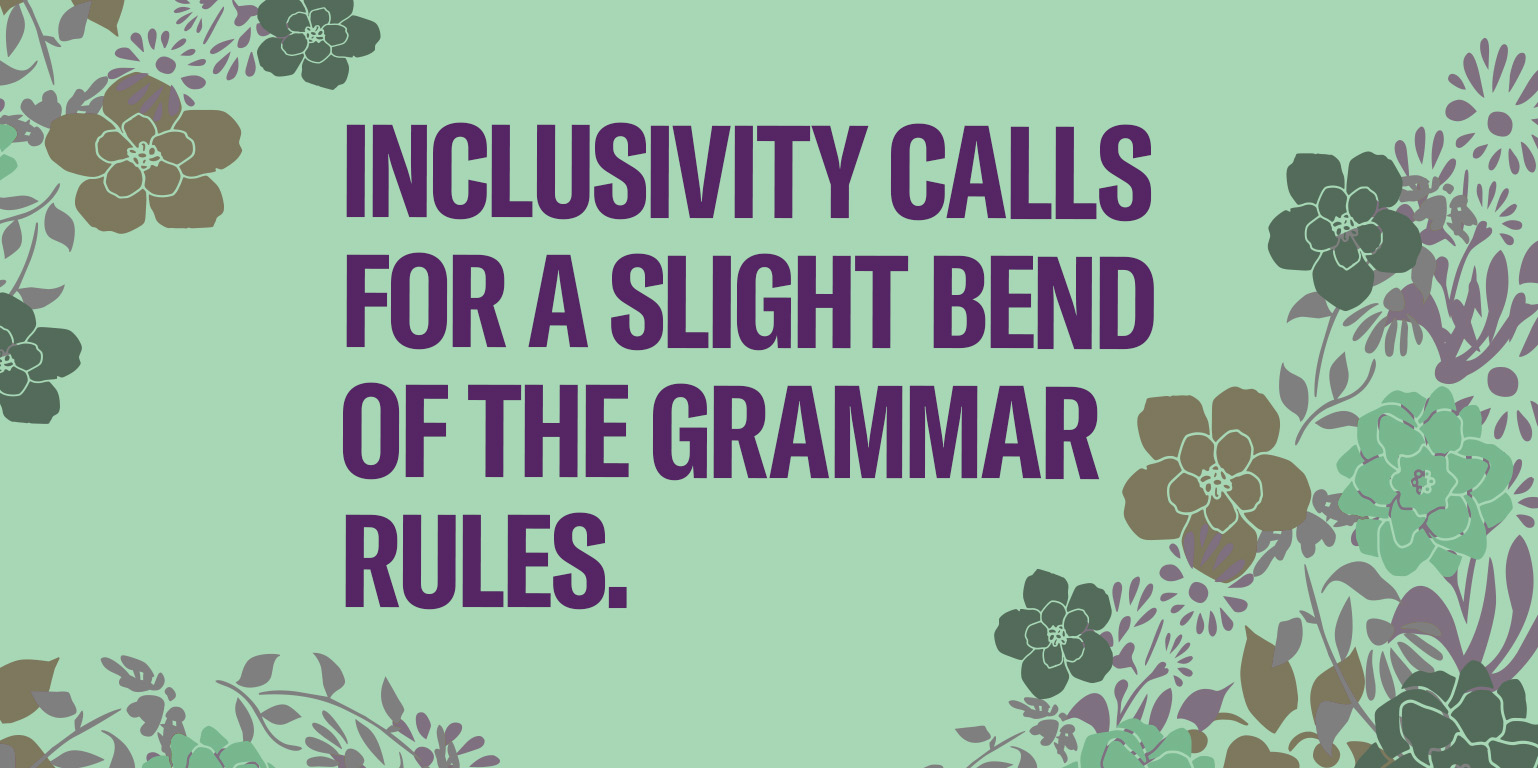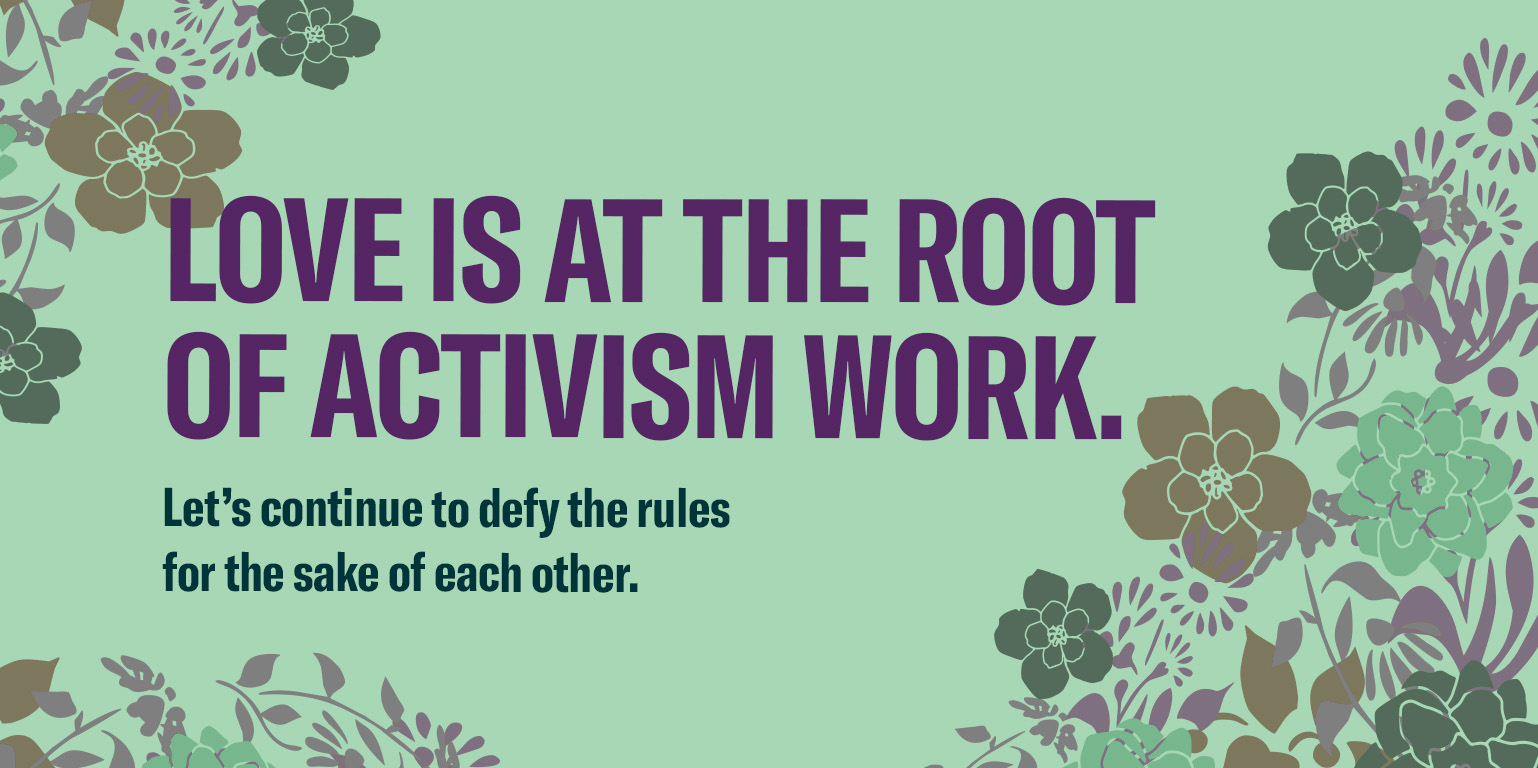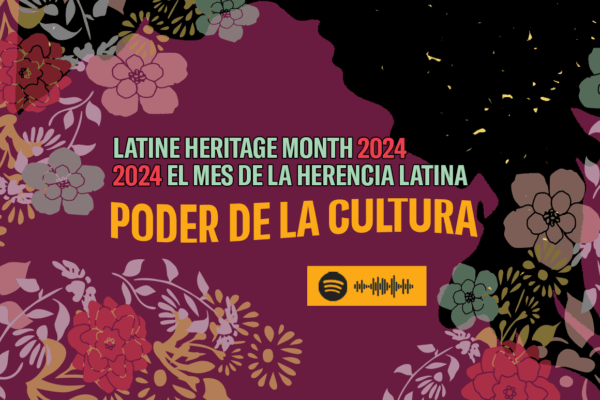Celebrate the 5th birthday of ACLU of Maryland’s Spanish Style Guide.
Waving her phone in her hand, she says, “Don’t worry. I checked out the park already. There are a ton of benches.” She knows her friend cannot stand for long periods of time.
He guides his friend toward the exit of the party. “Let’s go outside for a minute.” His friend is visibly overwhelmed by the loudness and lights.
They suggest going to the movie theater with their friend. When they get there, they ask for an assistive listening device. Their friend is blind.
Imagine telling someone your name and pronouns, and they remember the first time and every time.
Acknowledging others is incredibly validating. “I see you” is the same as “I love you.” So, what happens when language does not validate people’s existences?

My first week at the ACLU of Maryland was a flurry of documents, but the ACLU of Maryland’s Style Guide on language stuck out the most. It was unique and sort of long, but a page turner. What I found noteworthy about the ACLU of Maryland’s Style Guide was communications around gender.
“Gender. Best practice is to minimize pronouns, or, if needed, use gender-neutral pronouns, such as they or them, when referring to any hypothetical person, not just when referencing LGBTQ+ people and communities. They is an acceptable singular pronoun. Do not use he or him as a default.”
This valuable topic presented a challenge. How do I translate the way we speak about gender in English to Spanish? “They” in English is a word that means many people. However, English speakers bent the rules of the English language to be more inclusive. "They" became a gender-neutral pronoun in English for a singular person.
I couldn't follow the gender guidelines the same way in Spanish. “They” in Spanish is either the feminine word, “ellas,” which refers to women, or the masculine word, “ellos,” which can refer to men or men and others. To my limited understanding, I had never heard of a third gender-neutral option in Spanish. But I knew there had to be Spanish-speaking activists defying linguistic rules too.
My journey to ensure our consistency in English and Spanish was enlightening. I dove into the world of nonbinary activists in Spanish-speaking countries who spoke about their experiences and communities.
What pronouns do they use? What are their experiences like as non-binary folks who only speak Spanish?
I scoured the internet to learn more. In blogs, some nonbinary Spanish-speaking folks shared the beauty of unraveling their identities but felt unseen in their communities. Across Latin America, LGBT+ organizations stream educational videos about gender. They explain how they staple the letters x or e at the end of words to create gender-neutral terms. Many feel that the letter e makes more sense in Spanish than the letter x. There are already some words in Spanish that have the letter e at the end, like “inmigrante.”
The pushback to these changes in Spanish is understandable, but not right. White people do tend to police our language and tack labels on us that we do not use for ourselves. But these conversations about the Spanish language did not start with white people. They started with LGBTQ+ folks of color whose primary language is Spanish. To dismiss nonbinary inclusivity in Spanish as just another “white people thing” is both morally wrong and factually incorrect.
To my delight, I learned that Indigenous pueblos across Mexico and Central America already have nonbinary terms in their languages. People have had to change the rules in English and Spanish, both languages with origins in Europe, to create gender-neutral pronouns. So, it turns out that the lack of gender-neutral terms in our language is actually a “white people thing.”
Words matter. Our language should validate the experiences and identities of others. We depend on communication to connect. Pushing nonbinary people’s experiences and identities to the fringes of language, or worse, attempting to erase them, is invalidating, isolating, and malicious.

Inclusivity calls for a slight bend of the rules in Spanish. Activists and organizations across Latin America have already paved the way for conversations about gender-neutral terms in Spanish. Our organization is excited to follow their lead to uplift and validate the experiences of non-binary folks.
The reason I started the guide back five years ago was to draft a way for our organization to speak about LGBTQ+ and nonbinary issues in Spanish. However, the guide covers many more topics. It is broken into 7 sections:
- Race/Nationality/Peoples/Ethnicity/Gender
- LGBTQ+
- Disabilities
- Accessibility
- Age
- More Words and Phrases to Use or Not to Use
- Find Out More: Great Organizations to Follow

The ACLU of Maryland's Spanish Style Guide is a living document. It will evolve as we learn new information, just like language is always changing.
In fact, it's a wonderful time to speak about change as the leaves turn red and yellow. I started the ACLU of Maryland's Spanish Style Guide as a bright-eyed professional straight out of college. This week, I am leaving the organization for my next adventure! It is a bittersweet moment. This place is where I've met the most generous, selfless, and loving kinds of people, who taught me principles that I will carry with me everywhere I go.
Love is at the root of activism work. Let’s continue to defy the rules for the sake of each other.
To my colleagues, I leave you with that common saying, "It's not goodbye. It's see you later."


